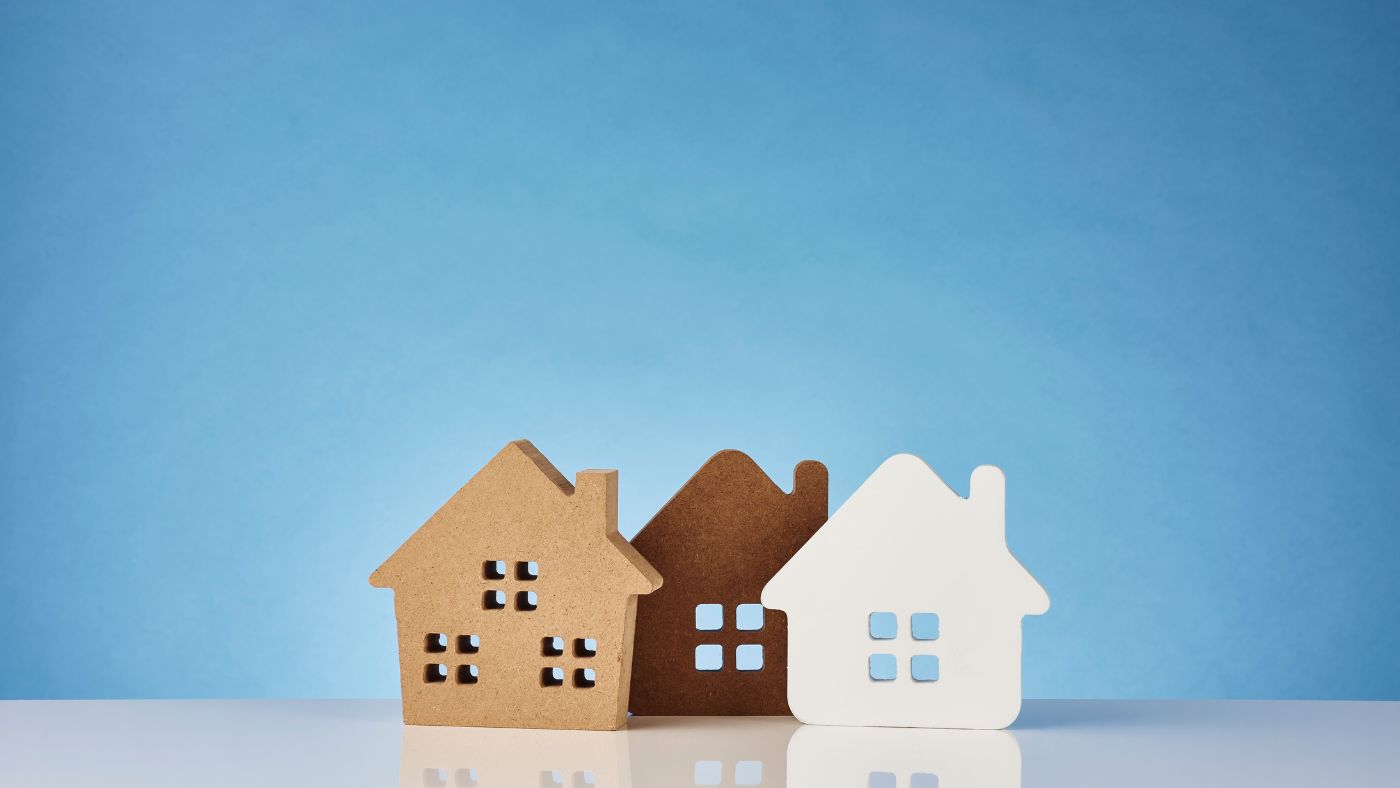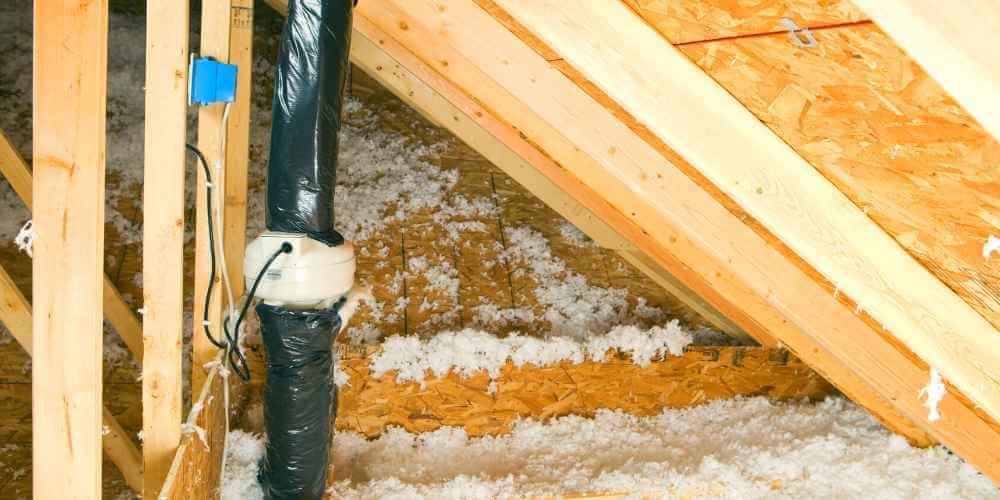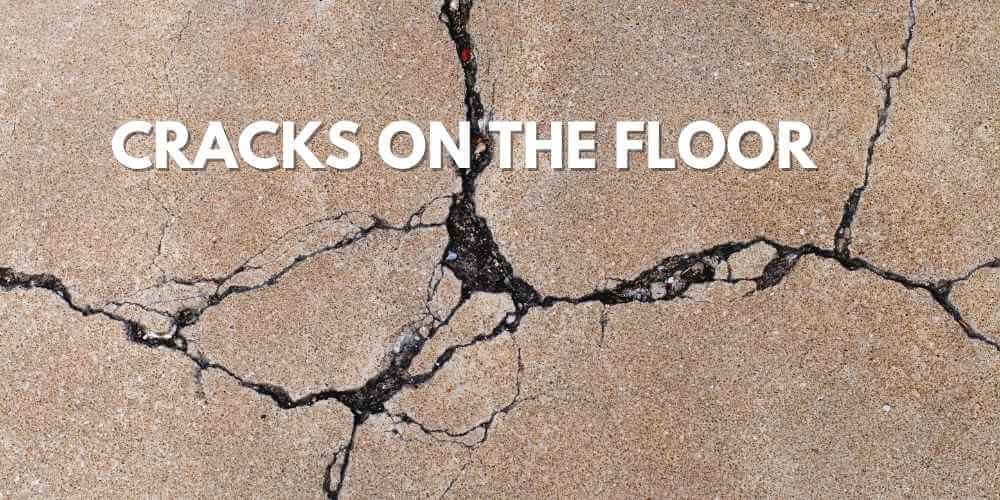|
Radon is a colorless, odorless substance that, if inhaled, can cause significant health problems. According to the Environmental Protection Agency, it is the second largest contributor to lung cancer in the United States, accounting for more than 20,000 deaths annually. Homeowners must be aware of the dangers of radon exposure and take precautions to safeguard their families and themselves. This guide will give a general overview of the government organizations controlling radon levels in residences and the rules and policies they have implemented. The Environmental Protection Agency (EPA)The main federal agency in charge of controlling radon levels in the US is the EPA. The organization has developed programs to raise public awareness of the risks posed by radon and guidelines for radon levels in houses and other structures. Role in Regulating Radon LevelsTo safeguard both human health and the environment, the EPA was founded in 1970. The EPA is in charge of controlling a variety of environmental dangers, including radon. Recommended Radon Levels in HomesIf the radon level in a home reaches four picocuries per liter (pCi/L) or above, the EPA advises homeowners to take action. Based on the risk assessment conducted by the government, it is estimated that 1 in 15 households in the US has radon levels that are at or above this level. Radon Awareness and Outreach ProgramsThe EPA maintains several programs to raise radon threat awareness among the general public. In addition to promoting public knowledge of radon concerns, the agency's National Radon Action Plan provides measures for lowering radon exposure in homes and businesses. Through its Radon Awareness Program, the EPA also offers resources and information to homeowners, homebuyers, and real estate professionals. Other Government AgenciesSome governmental organizations are involved in regulating radon levels in the US. The Department of Health and Human Services (HHS) and the Centers for Disease Control and Prevention (CDC) are involved in radon control. The National Radon Action Plan, created by the HHS, includes methods for lowering radon exposure in homes and other structures. The CDC educates the public about the dangers of radon and offers resources for lowering exposure. State and Local Health DepartmentsThe state and municipal health authorities must implement regulations and recommendations regarding radon in each jurisdiction. They could test radon, give the public information and resources, and enforce radon laws. State and Local Building DepartmentsState and municipal building departments must uphold building regulations and radon requirements. They might demand using radon-resistant building methods and radon testing in new construction. Occupational Safety and Health Administration (OSHA)Occupational Safety and Health Administration (OSHA) controls radon in the workplace, including exposure limits and worker monitoring regulations. The EPA's advised action level of 4 pCi/L is the foundation for OSHA's radon standard. Regulations and GuidelinesTo control the amount of radon in dwellings, rules, and regulations have been enacted at the federal, state, and municipal levels. Radon levels in new construction are strictly regulated by building laws and standards. House inspectors must adhere to regulations the International Association of Certified Home Inspectors (InterNACHI) set out when radon mitigation and testing are concerns. Tips for Reducing Radon Levels in Your HomeIn addition to following the rules and regulations established by the EPA and other governmental agencies, you can make additional efforts to reduce radon levels in your home. A few of these are:
By following these instructions, you may drastically lower the radon levels in your house and make your home a safer place for you and your family to live. Final ThoughtsBecause it is both odorless and invisible, radon poses a significant health concern that frequently goes unnoticed. But, you may lessen the risk of radon exposure and protect your loved ones from the risks of this radioactive gas by carrying out comprehensive testing and mitigation.
To decide how to protect your house and family, it is crucial to comprehend how the EPA and other governmental organizations control radon levels. You can take proactive measures to lessen the risk of radon exposure by adhering to your property's extra radon reduction advice. Remember that radon exposure risks your health but can also be avoided. You can make your house a safer and healthier place for you and your household by taking action. Is a radon mitigation really necessary ?Radon mitigation holds a prominent place in minimizing the troubles due to health consequences. As per studies, the presence of radon gas inside the building is found to be the leading cause of respiratory ailments. Is radon mitigation necessary? Let's see the solution to the above question in detail here. No matter whether the person is a chain smoker or not, the presence of radon gas inside the building can create many fatalities. Hence the depreciation of the radon gas inside the building is essential to counteract the difficulties due to health issues. Radon mitigation can provide a wide range of health advantages to the people inside the building. Health organizations including the American lungs organization prefer Radon mitigation to make air pure. Cause of radon gas formationAt present, we can analyze the radon concentration inside the building with the help of analyzers. Experts suggest that the radon concentration inside the building should not be 4pci/l or more. If the level of the radon gas is higher inside the building, feel free to prefer a radon mitigation procedure. As per studies, the quantity of radon must be lower than 2pCi/l inside the building to avoid the consequences due to health issues. Preventing the actual cause of the problem greatly minimizes the concentration of radon to an extent. Cracks on the floor, walls and the presence of soil consisting of uranium compounds on the floor are some of the common causes that increase radon concentration inside the home. Radon is generally a colorless and odorless gas that can trigger the risk of lung failure and breathing difficulty when inhaled in excess quantity. Radon mitigation processUranium, when got decayed can create a series of changes that give rise to troubles leading the way to respiratory health issues. Hence the removal of uranium compounds from the decayed soil particles that accumulated inside the closed building is essential to prevent the risk of respiratory ailments that lead the way to lung failure. At present, we can directly buy radon testing kits from online shopping stores. The radon gas removal process can be done in many ways. The radon mitigation process generally constitutes pipes and vents to exhaust the unwanted gas to the exterior portion of the house. Sub-slab depressurizationSub-slab depressurization process is one of the main methods to remove radon gas from the building. Pipes to collect the radon gas are directly inserted in the soil here to remove the radon gas. The radon gas removal method is utilizing the exhaust fan and vent to collect and remove the radon gas outside. Pipes required to collect radon should be of a considerable length so that the gas can be exhausted to a certain distance that won't cause any health issues. Radon expert in Louisville, KentuckyAt present, experts are suggesting the radon mitigation process to remove radon gas from old buildings. The mitigation process is generally accompanied by the sealing of cracks on the floor and walls so that no more radon gas can be entered the building.
The selection of the best service is very important to achieve satisfactory results for the radon mitigation procedure. If you need radon testing and radon mitigation in Louisville , Louisville KY Radon Mitigation can offer this service. |
AuthorLouisville KY Radon Mitigation is a premier radon mitigation company. Our experience and knowledge of radon gas and radon systems allows us to be experts in the field and to tackle any radon problem thrown our way. ArchivesCategories |
|
SERVING LOUISVILLE KY & SURRONDING AREAS
|
COMPANY INFOBusiness Hours
7AM–9PM - ALL WEEK Address
Louisville KY Radon Mitigation 10601 Hite Creek Rd Louisville, KY 40241 SOCIAL MEDIA
|
OUR SERVICESCALL US
502-735-0937 Local Partner
Guardian Environmental License # 11523 RMT |




